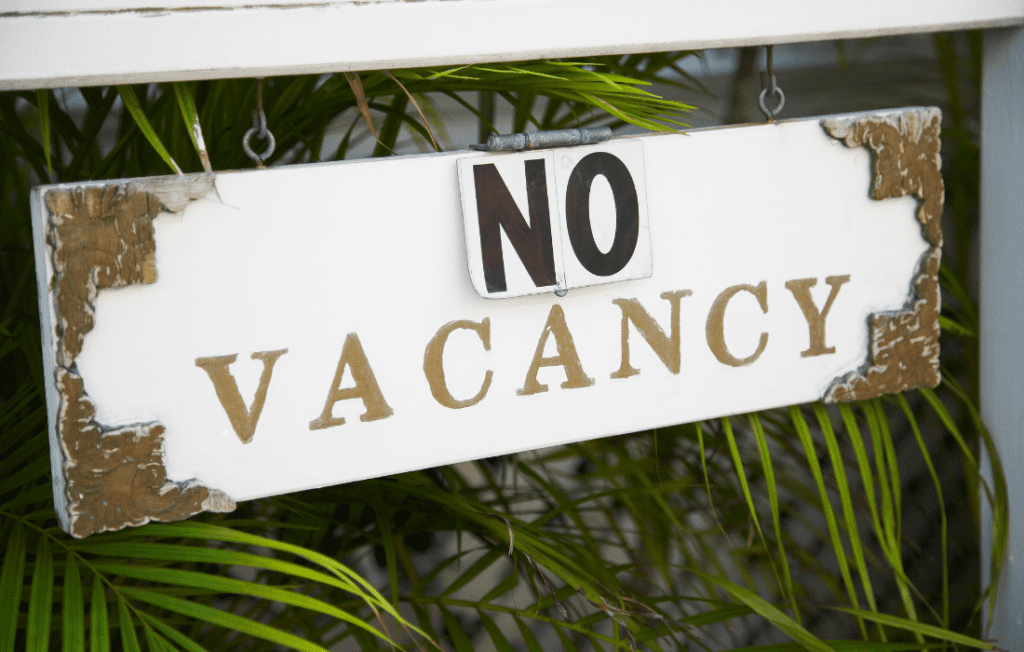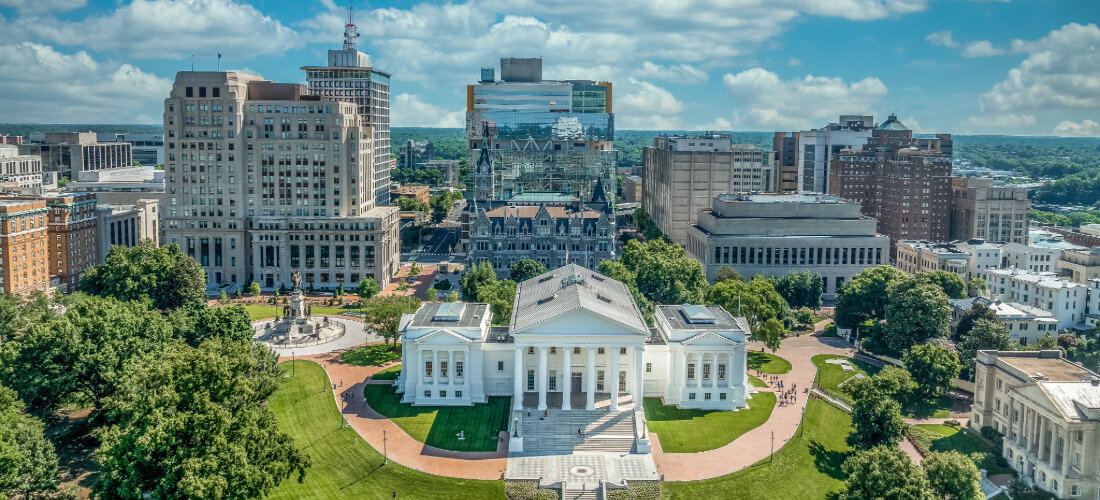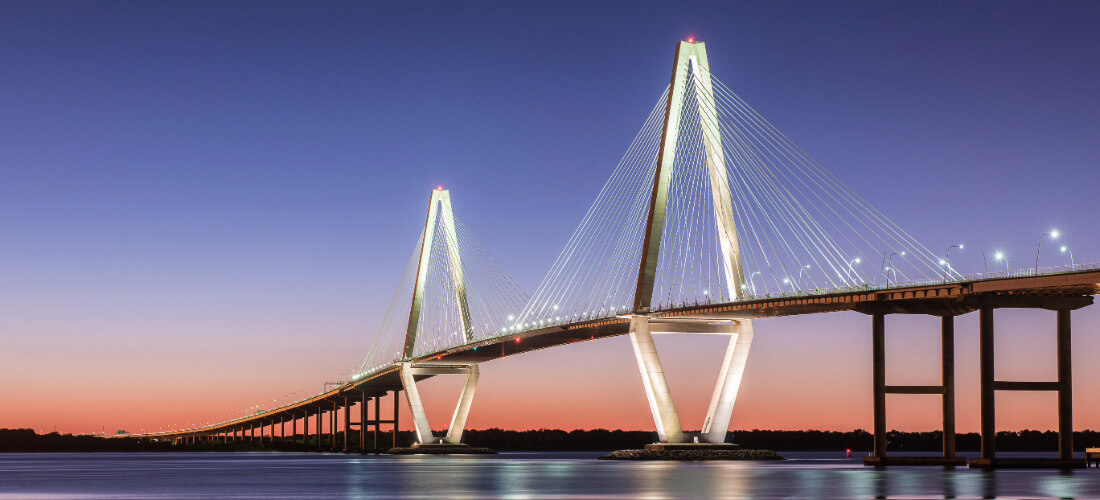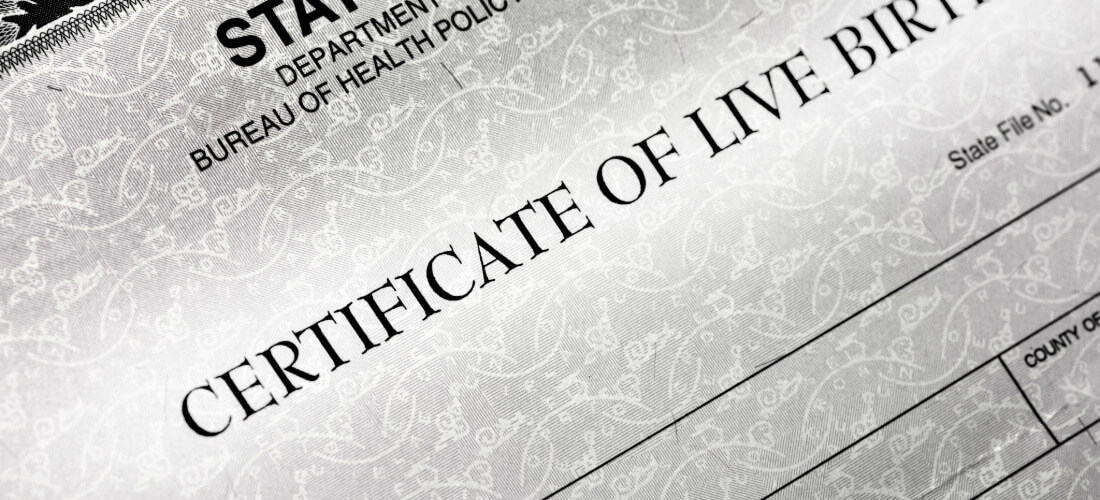
COVID-19 has had a major impact on the economy, with many industries significantly hindered by the pandemic. The hospitality sector was arguably one of the most impacted, with emergency lockdowns virtually shutting off tourism in the early months of the crisis.
Short-term rentals (STRs) through platforms like Airbnb and Vrbo saw occupancy rates drop dramatically as the market grappled with municipal governments making moves to seriously limit or temporarily bar them, coupled with consumer fears of traveling during the emergency.
As the number of listings dropped year over year from 1,175,437 to 1,039,948 due to the plummeting economic viability of STRs, a big question was whether STRs would bounce back. Here’s a look at the state of the STR market in 2021 and why it matters for local governments.
How COVID-19 Changed the STR Market in 2020
An industry survey in May 2020 reported that 70% of guests were afraid of staying at an Airbnb, 64% had canceled or planned to cancel reservations, and 47% of hosts were hesitant in renting their properties out. But those trends didn’t last long. Despite the shock to the market during the initial months of the pandemic, STRs have rebounded faster than other sectors of the hospitality industry, like hotels. As companies sent their employees home, many sought out STRs as a temporary home base for their remote work. And, as platforms like Airbnb implemented new safety standards and the public learned more information about the nature of COVID-19’s transmissibility, the desire for vacations in “private” lodging like STRs over hotels also contributed to renewed demand. In July 2020, Airbnb reported over a million nights of bookings in a single day—the first time volume had been that high since March 3. By September of 2020, some cities such as Milwaukee, Wis. (+31%), and Reno, Nev. (+28%), had already seen a significant bounceback.The STR Market Rebounded in 2021
This trend has continued in 2021. April was the first month that STR demand surpassed 2019 performance, reaching 5.4% above 2019 levels, while occupancy levels reached 61.6% in April from 60.9% in March against normal seasonality levels which usually see a drop, according to a report by AirDNA. The overall combined supply of STRs between Airbnb and Vrbo also surpassed pre-pandemic supply at 1.5 million. The uptick wasn’t spread evenly, though, with smaller cities and rural areas seeing gains in listings while major cities like Los Angeles and New York City saw their numbers fall. As of October 2021, the recovery has continued to strengthen. According to AirDNA, October had the highest growth rate since the start of the pandemic, with demand 12.2% higher than October 2019 and 35.8% higher than October 2020. Vrbo and Airbnb both reported strong revenue numbers for Q3, and the reopening of U.S. borders is expected to continue the drive of increased demand. While smaller cities, resort towns, and rural areas saw significant gains over 2019, major cities saw slower STR recovery with demand in the 50 largest U.S. cities 20% below 2019 levels. Also similar to what happened in April, downtrends haven’t held their traditional seasonality in 2021; while demand in October was lower than in the summer, there wasn’t quite as steep a summer drop as is usually seen – with demand 31.5% higher than in 2019.STR Growth Will Continue
AirDNA projects STR listings to surpass 2019 levels next year, with occupancy rates at 57.9% and demand in urban areas to be back to 2019 levels by late 2023. Some important takeaways for municipal governments:- Expect STRs to continue to rebound
- The rise of remote work means more potential workcations and changes in seasonality for rentals










